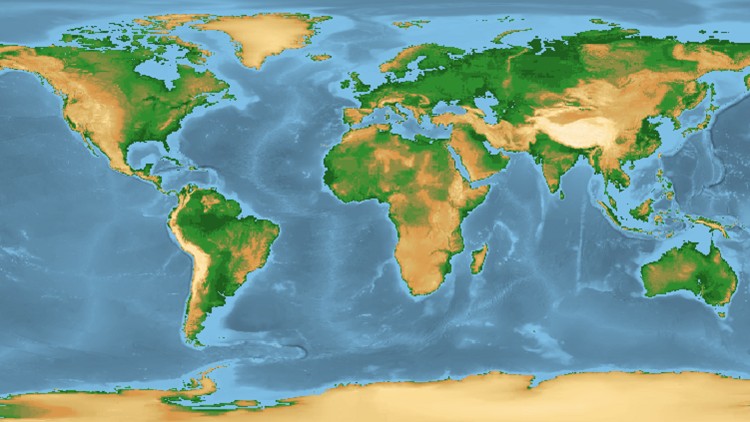Geospatial Data Analyses & Remote Sensing: 5 Courses in 1
Remote Sensing, QGIS & GIS , main concepts, machine learning, QGIS classification, change detection, Earth Engine
4.39 (353 reviews)

3,140
students
9 hours
content
Nov 2024
last update
$64.99
regular price
What you will learn
Understand and implement basic concepts of Geographic Information Systems (GIS) and Remote Sensing
Fully understand the basics of Land use and Land Cover (LULC) Mapping and Change Detection in QGIS
Learn the most popular open-source GIS and Remote Sensing software tools (QGIS), Semi-automated classification (SCP) plugin, OTB toolbox)
Learn how to obtain satellite data, apply image preprocessing, create training and validation data in QGIS
Create your first GIS maps for your reports/presentations in QGIS
Understand machine learning concepts and its application in GIS and Remote Sensing
Apply Machine Learning image classification mapping and change detection in SCP, OTB toolbox and QGIS
Fully understand and apply advanced methods in machine learning in GIS and Remote Sensing, such as random forest classification and object-based image analysis,
You'll have a copy of the labs, step-by-step manuals and scripts used in the course for QGIS & more
Screenshots




Related Topics
3095096
udemy ID
5/6/2020
course created date
5/27/2020
course indexed date
Lee Jia Cheng
course submited by